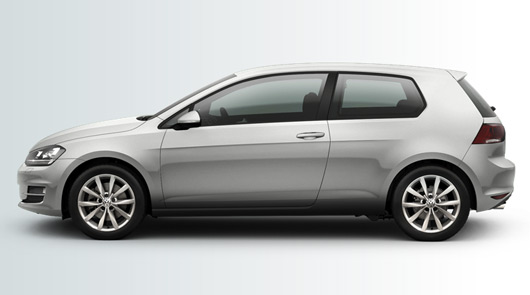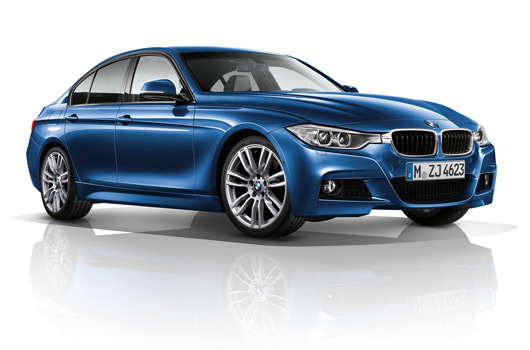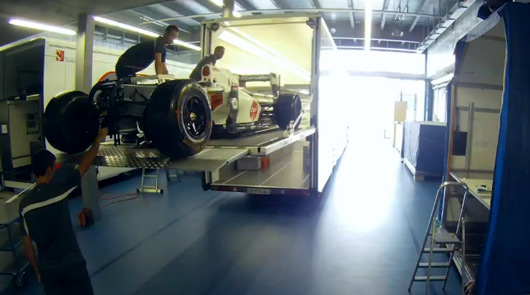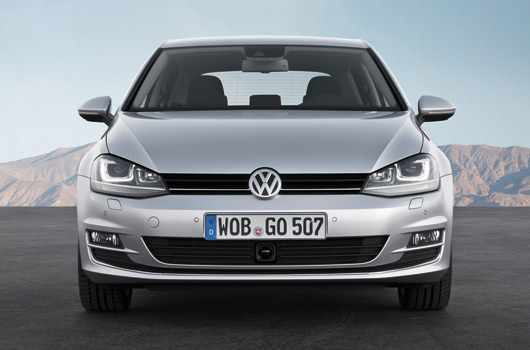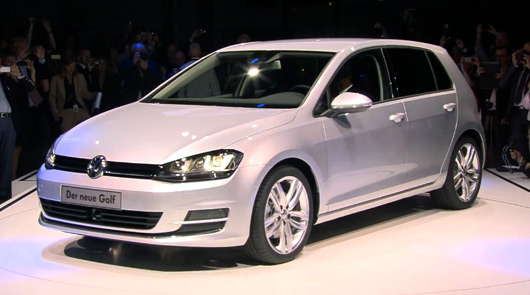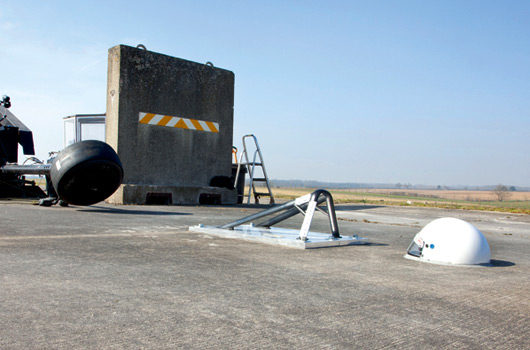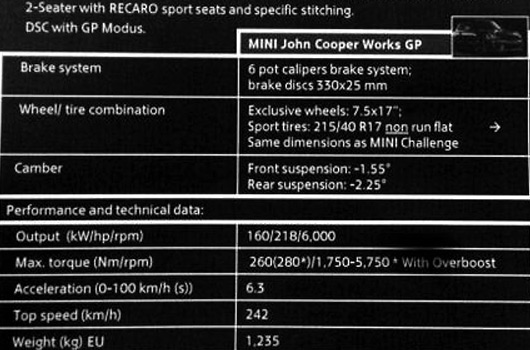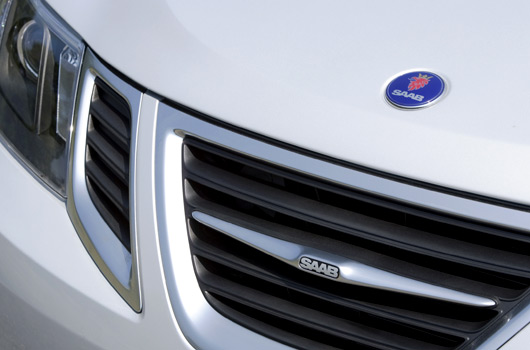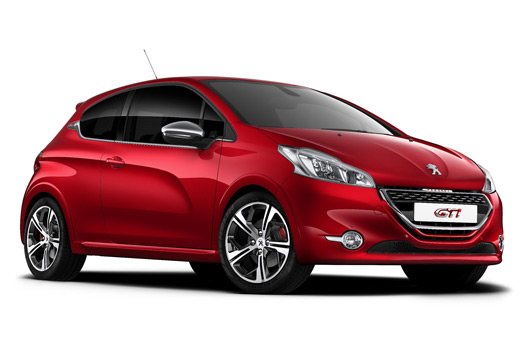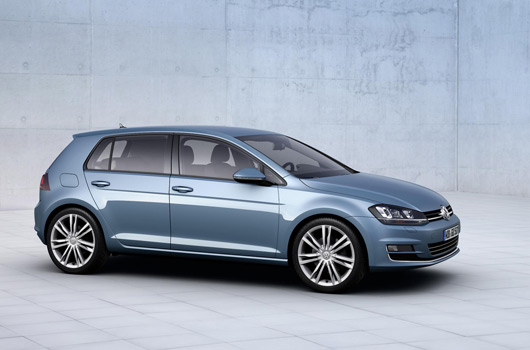
Here’s your first official look at the new seventh generation Volkswagen Golf. It’s roomier and more technologically advanced than the 29 million Golfs to have gone before it. It’s also up to 100kg lighter than the previous model, enough to help it become 23% more efficient.
It’s no surprise to see Volkswagen has taken an evolutionary path for its most important model. We can’t say we’re completely won over by the new look. But the more you absorb the pictures you see here the more you appreciate some of the smaller details. Having said that, it’s very a much a safe step forward. Although, the image above, with larger wheels, shows the Mk7 in a good light and we hold high hopes for the look of the forthcoming GTI and R models.
The Mk7 Golf is built on the MQB platform which uses a raft of standard measures to help Volkswagen save some cash, while being versatile enough to underpin several models and classes of cars across the Volkswagen Group brand portfolio.
We’ve already gone over the basic dimensions of the Golf VII with you. But to recap, the new model is 56mm longer, 13mm wider and 28mm lower than the Golf VI. The front wheels have been moved 43mm forward, while the overall wheelbase has been extended by 59mm. Overall the new Golf is 4255mm long, 1799mm wide and 1452mm high. Its drag coefficient of 0.27 is 10% better than the previous generation.
Inside the car those new exterior dimensions allow for more rear seat legroom, more shoulder and elbow room for all passengers as well as increased cargo space in the boot.
The centre console is now slightly angled towards the driver and all models of Golf, from entry level to top of the range, feature a full colour touchscreen display. Sizes start 5.8″ and go up to a maximum of 8″. Finger gestures, as seen with smartphones, are used to control the system.
Volkswagen has followed the recent trend of removing traditional handbrake levers in place of an electronic switch. They say this gives front seat passengers a bit more room. They’ve also managed to house a universal mobile phone holder in the central storage compartment with the added benefit of an inductive aerial for improved reception.
As you’d expect VW has packed the Golf VII with a host of new safety features. As well as the now default system like ABS, EBD and ESP new braking features such as multi-collision braking, Front Assist and City Emergency Braking are available. These can complemented by things like the PreCrash system, Adaptive Cruise Control, Driver Alert System, a camera-operated Lane Assist system, Dynamic Light Assist and Park Assist.
Preset driving modes are also available on the new Golf. Standard settings include Eco, Sport, Normal and Individual. Those opting for a DSG transmission can boast a fifth setting, called Comfort.
Steering for the Mk7 is now handled by a variable ratio system, which brings greater manoeuvrability at low speeds, while being more composed and direct at higher speeds.
At launch Volkswagen has announced a modest engine range of two diesel and two petrol units. The TDI engines start with a 1.6 litre offering 77kW and a 2.0 litre with 110kW. Respectively, their combined fuel usage figures are 3.8l/100km and 4.1l/100km. The petrol powered range begins with a 1.2 litre TSI offering 63kW of power and fuel consumption of 4.9l/100km. A 1.4 litre TSI provides 103kW and with the addition of Active Cylinder Technology, which can deactivate two of the cylinders, sips fuel at the rate of 4.8l/100km.
More detail on the Golf VII will be published when the cars hit the stands at the Paris Motor Show, at which point we also hope to see a GTI concept. For now there’s an additional 19 pictures and press guff for you after the break, including a 44 page PDF for you to download.
UPDATE: Three new PDFs have been added ready for download. We recommend sinking your teeth into the first two.
UPDATE #2: This just in from Volkswagen Australia: “We are planning to launch the Golf VII in the 2nd qtr 2013.”
